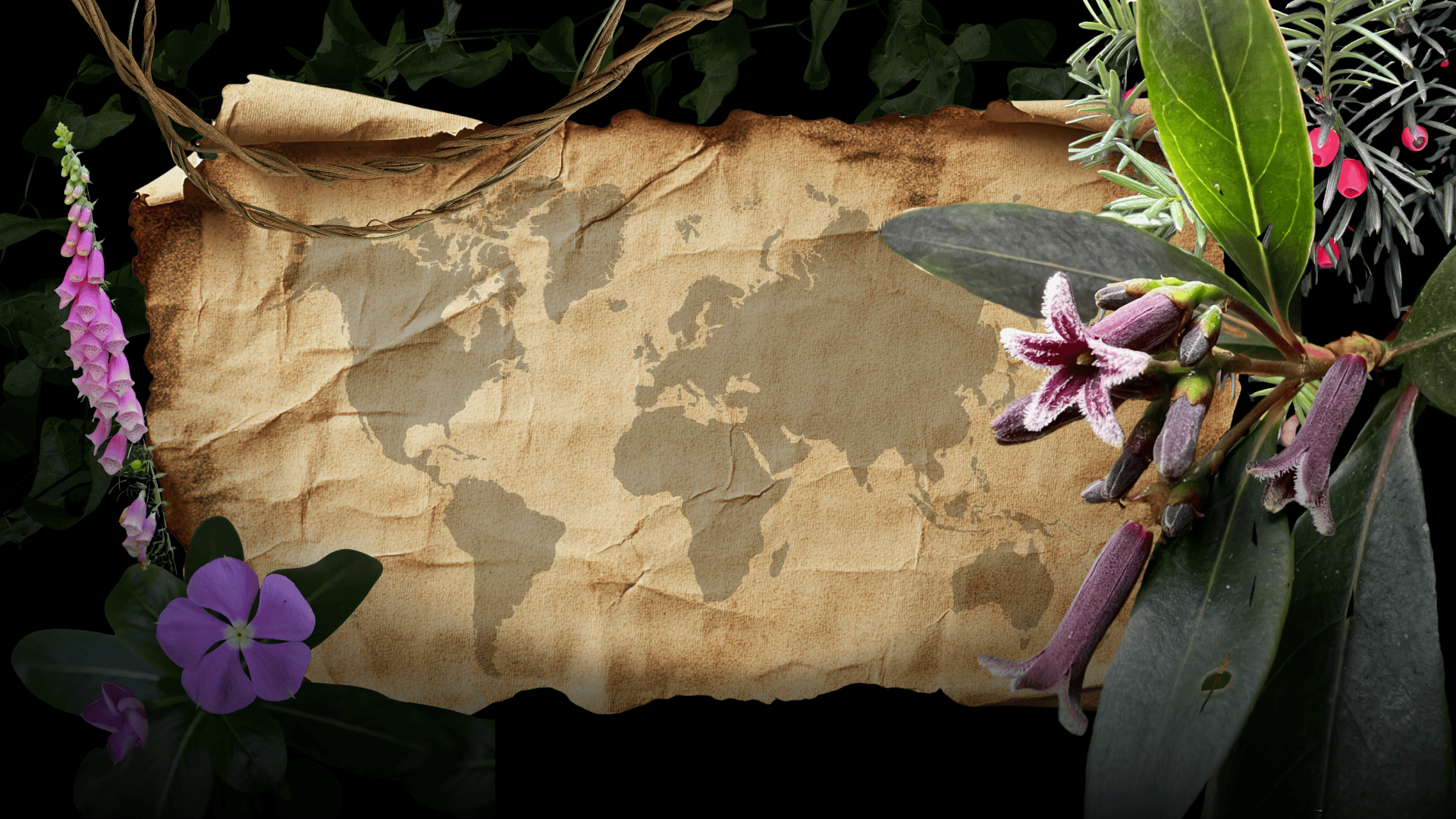
"Long before modern pharmaceuticals, our ancestors turned to plants to find cures for ailments from infections to parasites to fevers. A new study by Harvard researchers reveals the deep roots of that relationship: Several hot spots of medicinal plant diversity correspond to regions with long histories of human occupation and ancient medicinal traditions. "It seems to be a relatively straightforward effect of the time in which humans had to experiment on these new landscapes that they settled in," said co-author Charles C. Davis, professor of organismic and evolutionary biology and curator of vascular plants in the Harvard University Herbaria."
""Human ingenuity takes time - and I think that that's what we're seeing. As humans were exploring the flora, they were identifying which plants might actually be useful for medicinal purposes." In the study, published in Current Biology, Davis and his colleagues tallied the number of plants used in regions around the world as medicines, lotions, fragrances, intoxicants, and other non-nutritional uses. Those numbers were compared against a baseline of overall floral diversity in 369 regions around the globe."
Counts of plant uses across regions were compared against overall floral diversity across 369 regions worldwide. More than 32,000 medicinal plants were recorded among over 357,000 vascular plant species, indicating about 9 percent with documented therapeutic use. Only vascular plants were included; mosses, hornworts, and liverworts were excluded. Medicinal plant diversity generally follows a latitudinal gradient, lowest at high latitudes and increasing toward the equator, with tropical regions showing higher numbers of documented medicinal species. Several hotspots of medicinal plant diversity correspond to regions with long histories of human occupation and ancient medicinal traditions.
Read at Harvard Gazette
Unable to calculate read time
Collection
[
|
...
]